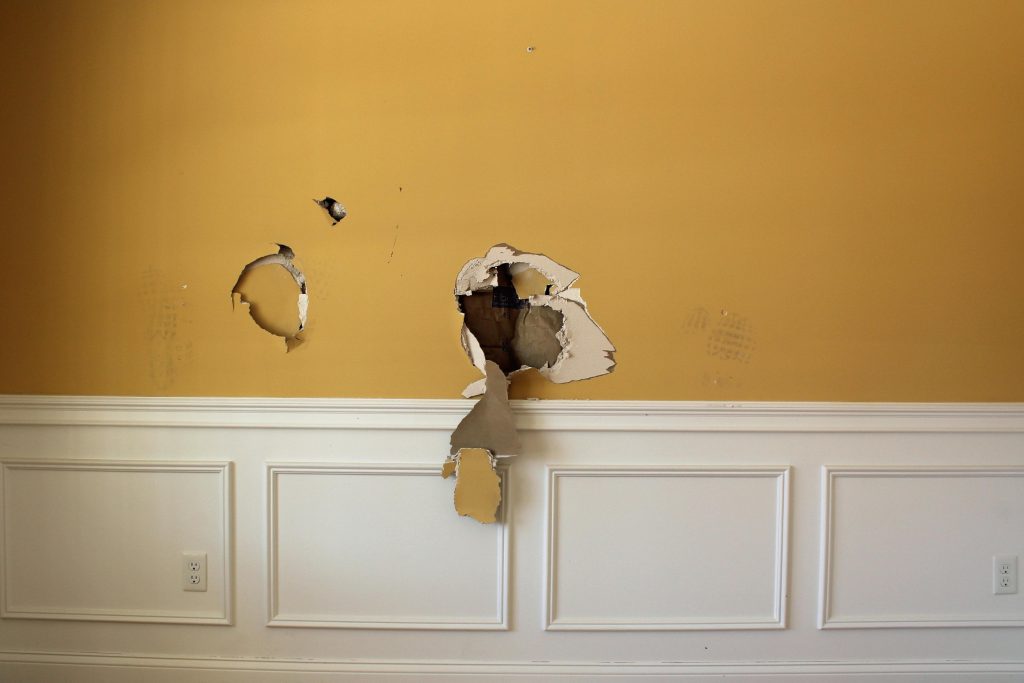Home Deterioration: Wear & Tear or Damage?

All homes show signs of deterioration over time- a few cracks on the walls, scuffed up floors or even some mould creeping along the ceiling. It can become a point of contention between landlords and tenants, as it’s not always obvious whether the condition is a result of normal ‘wear and tear or negligence on the tenant’s part.
It’s not uncommon for disputes to erupt, with the tenant inclined to claim ‘wear and tear’ for any issue, and the landlord likely to be sceptical and assume negligence.
The difference between wear & tear and other damages can be very slight, but that fine line can be the difference between a repair at the landlord’s expense or coin out of the tenant’s pocket or even their bond.
With that being said, it’s time to distinguish what falls under wear & tear and what constitutes tenant damage.
What is Wear and Tear?
Wear and Tear is the natural depreciation and normal deterioration of a rental property over time due to everyday use.
Exposure to natural forces, like rusted gutters from rain or faded wood paneling from the sun, falls under this category as they have not been intentionally damaged or misused.
Further examples of common fair wear and tear that the landlord is responsible for consist of:
- Carpet indentations from furniture
- Cracked and worn off paint
- Water stains from leaks or poor plumbing
- Naturally worn kitchen bench
- Rust caused by rain
- Faded and scuff on wooden floors/floorboards
Real estate tenancy laws can vary depending on the state, but this is commonly accepted as the basis of fair wear and tear.
What is Damage?
Damage that is considered to be the tenant’s fault is the act of marring a rental property not by ageing, but rather from a result of carelessness, clumsiness or abuse.
Insurance providers typically categorise household damages under three categories (seen here) – Accidental, Malicious & Intentional.
- Accidental – A simple mishap caused by clumsiness or an unexpected event (food/drink stains, walking into a wall etc.).
- Malicious – A result of harmful nature, occasionally impulsive, with the intent to do harm and cause damage to the property (punching holes in walls or a door, swinging a foreign object at the property etc.).
- Intentional – Altering the state of the property without malice, yet without permission of the landlord/property manager and with full knowledge it shouldn’t be done (painting walls, installing tv bracket, nails in picture hangings etc.).
Cover for the three main types of damage can depend on the insurer, but more often than not the insurer will exclude at least one of the options.
Who is to Blame?
This is where things get tricky, as any wear and tear or damage will still need to be amended, and it boils down to who is responsible depending on the damage.
Natural wear & tear is a regular part of doing business that comes with property management, therefore the worn-out kitchen benchtop should be fixed up and refurbished by the landlord/property manager.
Any reckless and irresponsible damage done to the current state of the property falls to the tenant, who becomes liable to pay for repairs either from pocket or out of their bond at the end of a tenancy. Therefore, the bucket of paint you bought at the start of the tenancy to coat the walls may cost a fair bit more than initially intended.
Other disputes rely on the insurance policy’s product disclosure statement, which an example of one can be seen here.
Avoiding Disputes
The name and blame game can be very difficult, so any way to avoid that situation from arising is to squash any possible argument before it begins.
Routine inspections, condition reports and contact between the tenants and the landlord/property managers can solve unnecessary disputes over damages.
Addressing lease terms, ordinary home maintenance and an understanding with both parties of what has been damaged over time should be the standard for a good tenant/landlord relationship.

